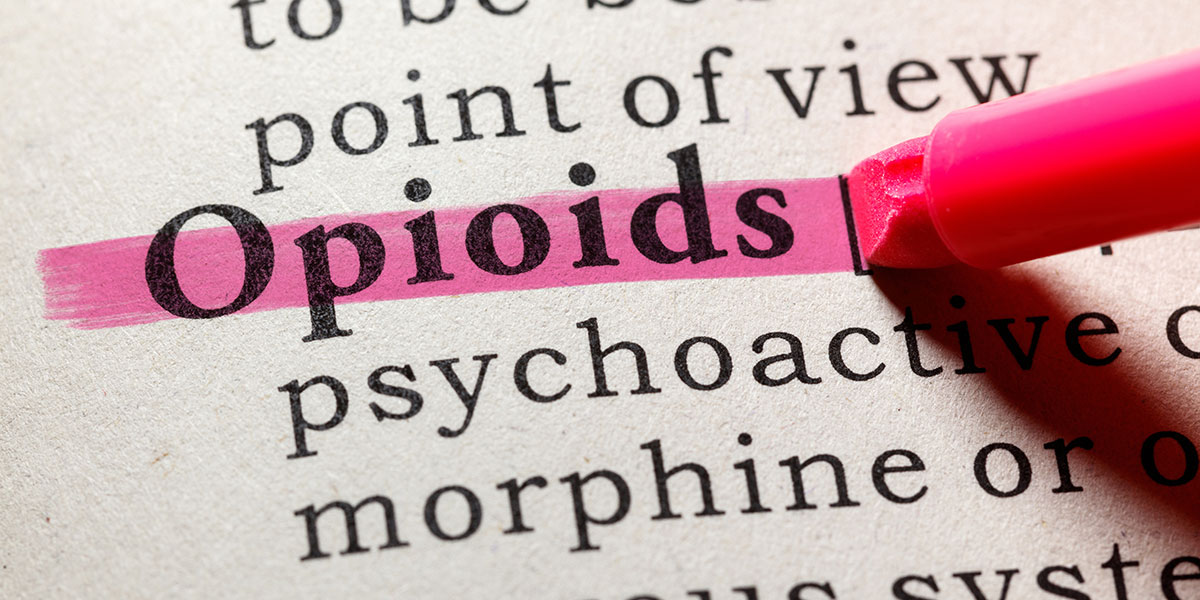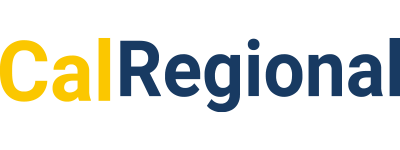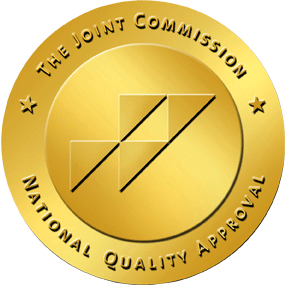We hear a lot about the high propensity for opioid misuse, addiction, overdose, and death. Opioids fall under illegal or legally prescribed controlled substances, such as narcotic stimulants, anabolic steroids, and hallucinogens. The word “narcotic” comes from the Greek word narcosis and refers to substances that dull the senses and relieve pain. We can find many legitimate and medically necessary opioids and illegal options, such as heroin and synthetic fentanyl or misused prescription drugs, like hydrocodone, morphine, and codeine. By misuse, we mean taking more than prescribed or taking a medication prescribed for someone else. Opioid misuse can lead to harmful effects, including dependency, addiction, overdose or death.
What is the Opioid Crisis?
Since the mid-1990s, the US has seen an opioid crisis. This stems from overprescribing prescription opioids, and of course, the sharing of these drugs. Several pharmaceutical companies encouraged the medical use of opioids, and some, such as Purdue Pharma, even went to deceptive lengths to cover or downplay the risk of addiction. Since then, physicians and local and federal agencies emphasize safer prescribing methods for chronic pain.
Later in 2010, the US saw an uptick in illegally manufactured and distributed opioids and heightened use of heroin. Just a few years later, in 2013, we saw a “third wave” of the crisis as fentanyl use and misuse increased. Today, death involving opioids is the fourth leading cause of death, and it appears a “fourth wave” is emerging as we see the manufacturing, distributing, and use of illegal opioids combined with methamphetamine or cocaine. These combinations of highly potent and addictive illegal drugs will likely increase the number of opioid related overdoses and deaths in the coming year(s).
What is Being Done to Combat the Opioid Crisis?
As we’ve learned more about the opioid crisis, efforts are made, and we can see progress. Because the overdose crisis is in a state of flux, misuse and overdose prevention strategy must keep up. Some ways we can see a response to the opioid crisis include federal laws and additional funding to the Substance Abuse and Mental Health Services Administration as well as the Office of National Drug Control Policy and the Department of Justice.
The laws and federal funding help by reducing:
- The demand for opioids through prevention and opioid use disorder treatment
- The supply of opioids by setting limitations for opioid prescriptions and the supply of illegally manufactured opioids
- The harm from Opioid Use Disorder with harm reduction strategies
Harm reduction strategies can help reduce the number of opioid related overdose and death. What was once under medically supervised settings can now be found over the counter. With the Food and Drug Administration (FDA) approval of opioid analgesics for treatment of opioid use disorder and overdose reversal drugs, we hope to see a decrease in mortality rates.
One such overdose reversal drug is Naloxone nasal spray. This life-saving medication quickly reverses an overdose. The Centers for Disease Control and Prevention (CDC) reports naloxone won’t harm someone overdosing on a different drug and can restore a person’s breathing within 2 to 3 minutes. People can get naloxone across the US at their local pharmacy and no prescription is needed.
Language around substance use and addiction is another way we can see progress. For instance, more and more health professionals and regular folk use the word “substance use disorder” rather than “substance abuse”. This type of language helps take away the stigma surrounding addiction. Other ways people change how they speak about addiction is by saying “recovery” rather than clean or dirty. Using the word “recovery” helps people keep their dignity while recovering from addition.
The expansion of Medicaid and the Affordable Care Act also help those struggling with addiction. The law requires private insurance plans to offer coverage for substance use disorder services. And since the expansion of Medicaid for low-income individuals, we have seen a reduction in opioid related deaths within this population.
Opioid Addiction Treatment in Santa Rosa, CA
Pura Vida Recovery in Santa Rosa, CA offers opioid treatment. With flexible payment plans and outpatient treatment options, Pura Vida strives to bring evidence based, effective treatment options for men and women struggling with opioid addiction.





